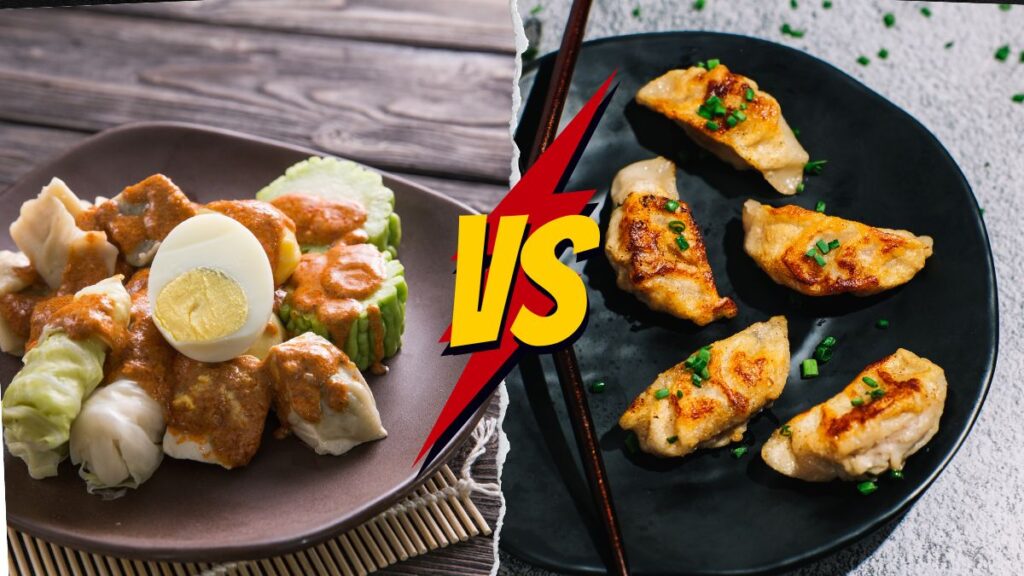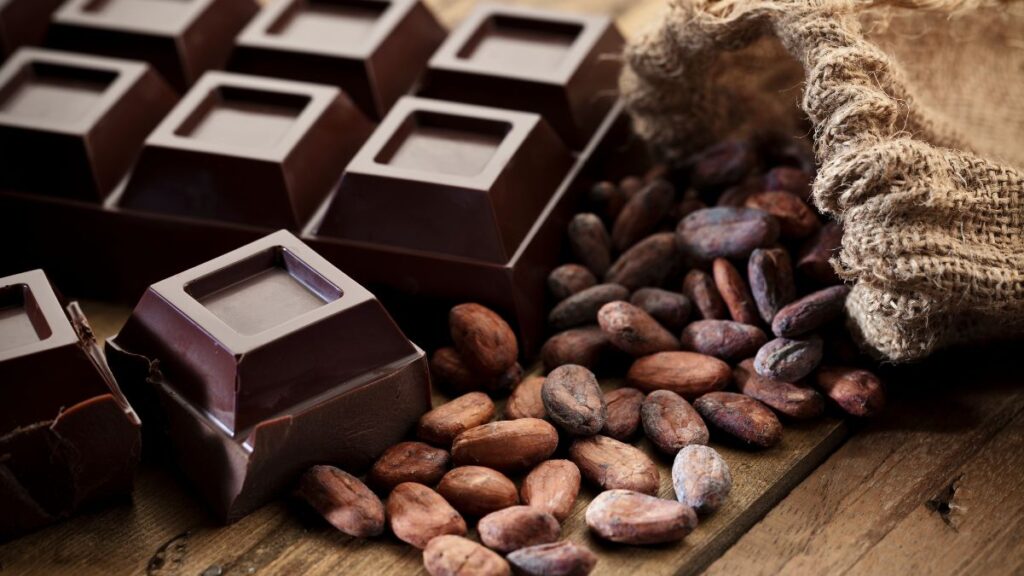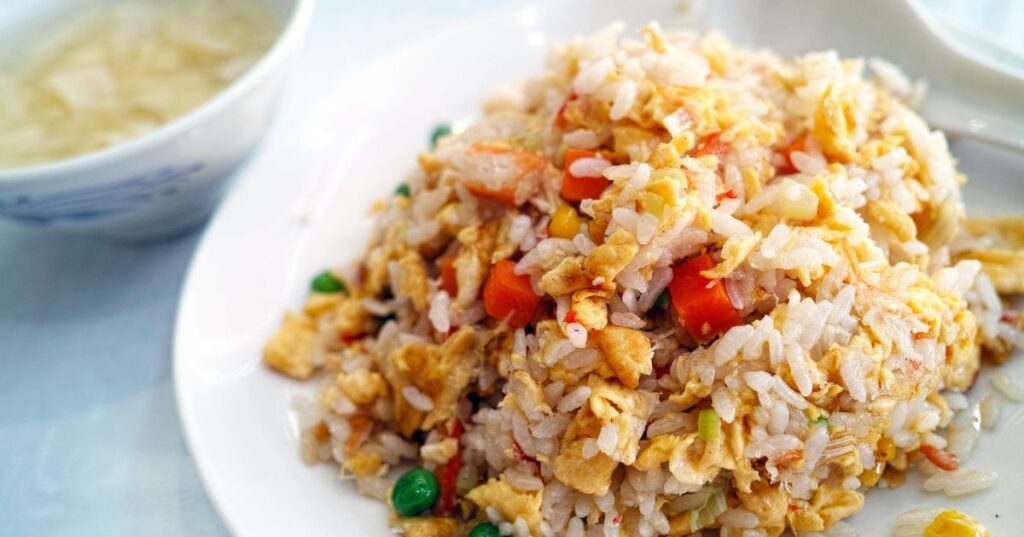Gyoza and shumai are two types of dumplings that have gained popularity around the world. Both are delicious and satisfying, yet they differ in taste, texture, and cooking methods. If you’re a fan of dumplings, you might have wondered about the differences between Shumai vs Gyoza.
Shumai is a Chinese dish usually made with shrimp and pork. Gyoza is a Japanese dumpling that can have different fillings like vegetables, beef, or pork. Gyoza often has garlic and ginger added for extra flavor, making it taste different from shumai.
In this article, we’ll look at shumai and gyoza. We’ll talk about what makes them different and what they have in common.
Contents
Shumai
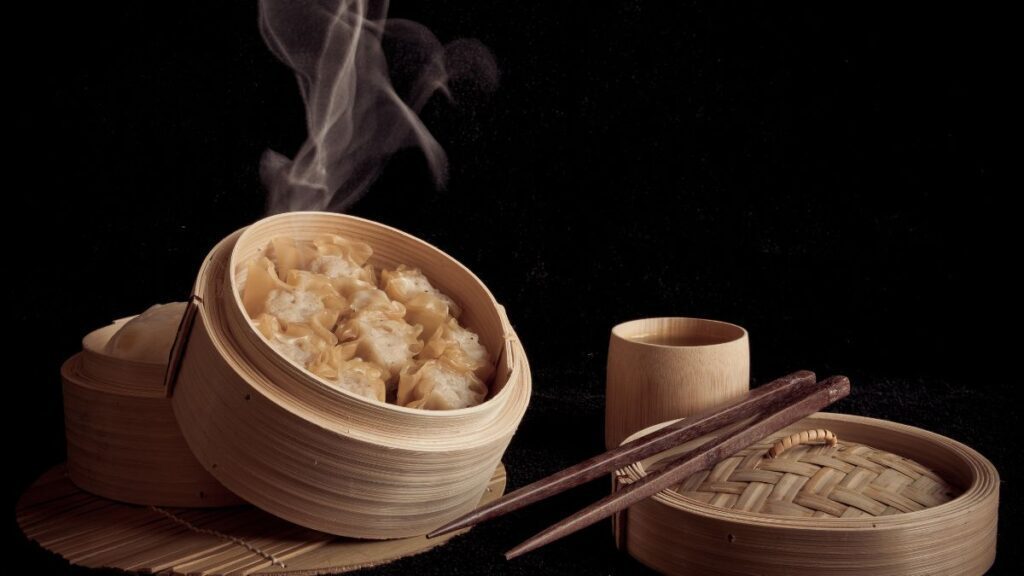

Shumai Dumplings are a special kind of Chinese dumplings known for their unique taste and feel. The name ‘Shumai’ actually comes from a Japanese word that means ‘hobby’ or ‘interest.’ This shows how much care and effort go into making these tasty treats.
Shumai dumplings are made by wrapping vegetables, meat, and spices in a thin dough. They are then steamed or boiled until they’re fully cooked. You can fill them with different things like pork, chicken, shrimp, or vegetables.
Shumai dumplings are an important part of Chinese food and are loved by people all over the world. You can have them as a small snack or as the main dish. They often come with different kinds of sauces and spices to make them taste even better.
Gyoza
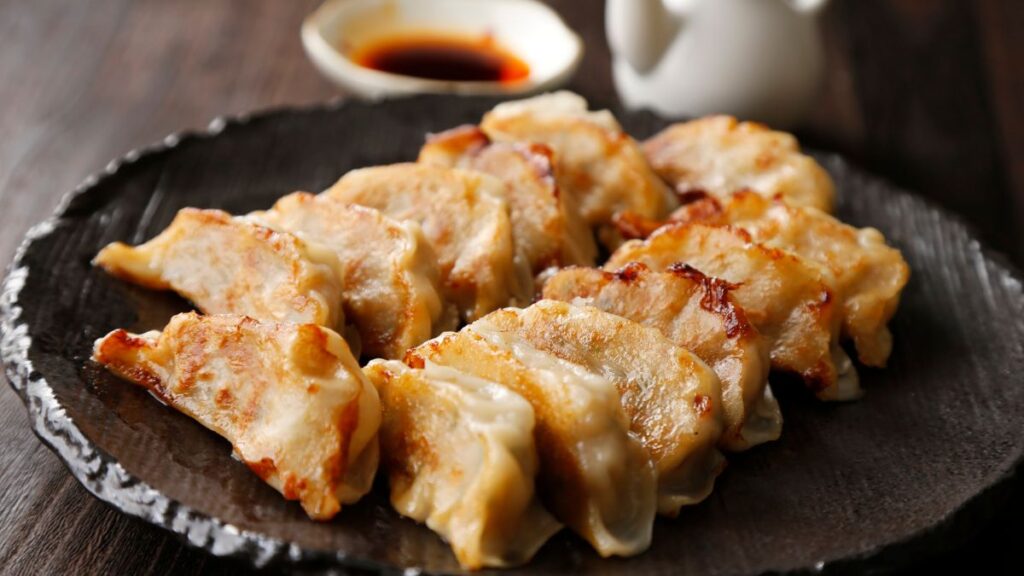

Gyoza dumplings are small Japanese treats that people all over the world love. They are made from a thin dough filled with chopped meat, usually pork, along with vegetables and spices.
Gyoza wrappers are made from wheat flour. You roll the dough flat and cut it into round shapes. After that, you place the filling inside these dough circles.
The edges of the dough are then folded to seal the dumplings. Once they’re filled, you fry the dumplings on one side until they become crispy.
Then steam them to ensure the insides are fully cooked. This process results in dumplings that are crispy on the outside and juicy on the inside.
Some people confuse gyoza with Chinese dumplings, but they’re actually quite different. Gyoza has its own unique taste and texture, and it comes in various styles such as boiled, steamed, and pan-fried. Each style has its own distinct texture and flavor.
Shumai vs Gyoza
Shumai and Gyoza are both popular types of dumplings, but they differ in several key ways, from their ingredients, cooking methods, and even how they’re served. Below are some of the differences and similarities:
Shumai Ingredients
- Shumai is a delicious combination of meat, wrappers, seasonings, and vegetables. Here are the essential components
- Any protein of your choice, such as pork or chicken, is finely ground to achieve the desired texture of shumai.
- Made of wheat starch and carefully crafted to be thin yet strong enough to hold the filling of shumai.
- Seasonings have been added to impart a distinct flavor to the filling of shumai dumplings.
- Finely chopped carrots, mushrooms, and bamboo shoots mixed into the filling for a delicious crunch.
Gyoza Ingredients
- Gyoza is another popular dumpling dish that features a harmonious blend of meat, wrapper, seasonings, and vegetables. Here are the key ingredients
- Typically pork or chicken is finely chopped, and mixed with seasonings such as soy sauce, ginger, and garlic to bring out the desired flavors.
- Made of wheat flour and water, kneaded to achieve a smooth and elastic texture.
- Finely chopped cabbage, chives, and garlic chives are added to the filling, creating a medley of textures and flavors.
Different Cooking Methods of Gyosa and Shumai
Shumai
There are two main cooking techniques that one can employ.
- First, the steam cooking method is a classic and efficient way to cook shumai. This method involves placing the shumai in a steaming basket, preferably made of bamboo, and steaming for a few minutes until fully cooked.
- Secondly, the pan-frying method is another popular way to prepare shumai. The process entails frying the shumai in a shallow pan with a small amount of oil until golden brown on the bottom. The shumai is then flipped over to cook the other side until crispy and golden.
Gyoza
Two distinct cooking methods are prevalent.
- The first one is pan-frying, where the gyoza is cooked in a shallow pan with a small amount of oil until crispy brown on one side, then a small amount of water is added, and the pan is covered to allow the gyoza to steam and cook the filling thoroughly.
- The second method is boiling, where the gyoza is boiled in water for a few minutes until they float to the top, indicating that they are fully cooked.
Conclusion
I hope this article helps you to find out the difference between gyoza and shumai and now you are more clear that both shumai and gyoza are delicious dumplings that are enjoyed worldwide. While shumai is a traditional Chinese dish that typically uses pork, shrimp, or a combination of both, gyoza is a Japanese-style dumpling that features a variety of fillings, including pork, beef, or vegetables, with the flavor often enhanced with garlic and ginger.
Shumai typically has a more delicate wrapper and a more extensive range of vegetables, while gyoza’s wrapper is more substantial, and its focus is on cabbage. Both dumplings can be cooked through steaming or pan-frying methods. Ultimately, whether you prefer shumai or gyoza, it comes down to personal preference, and trying both is a must for any dumpling lover!

